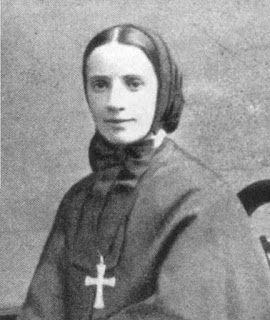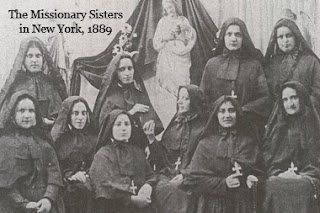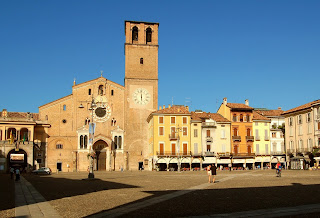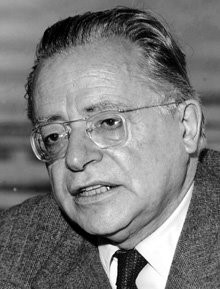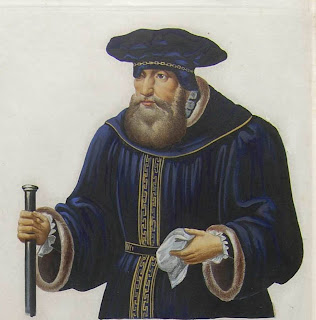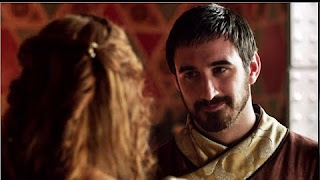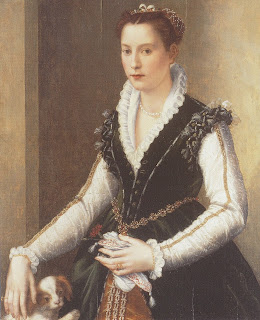Neapolitan inherited talent from grandfather
 |
| Gino D'Acampo's grandfather had a restaurant in Naples |
The celebrity chef Gino D’Acampo was born on this day in
1976 in Torre del Greco, a conurbation of around 90,000 inhabitants within the
Metropolitan City of Naples.
Based in England since 1995, D’Acampo is scarcely known in his
native country yet his social media pages have more than two and a half million
followers.
The author of 11 books on cooking, his numerous television
appearances include four series of his own show, Gino’s Italian Escapes.
He owns three restaurants and five pasta bars and has plans
to open more. The latest, in fact,
launches in Liverpool later this week. D’Acampo
is also the co-owner of a company selling Italian ingredients.
His success is all the more remarkable given that he had to
rebuild his life after being convicted in 1998 of burglary, an episode that
took place while he was working as a waiter. He described the incident as a
mistake he vowed never to repeat and has since spent time helping disadvantaged
young people to learn from their mistakes.
 |
| D'Acampo's appearance on a reality TV show helped launch his career |
Born Gennaro d’Acampo, he grew up around food. His
grandfather, Giovanni, who had been head chef for a cruise company, owned a restaurant
and although he had early aspirations to become a doctor or a dentist, he eventually
enrolled at the Luigi de Medici catering school in Naples.
He arrived in England via Spain, where he met the girl who
would become his wife, Jessica, who is English with Italian heritage, while
they were both working at a restaurant in Marbella owned by the American movie
actor, Sylvester Stallone.
In England he worked at restaurants in Hampstead and
Guildford before he becoming involved in sourcing Italian ingredients, which in turn led to work designing ready meals for a supermarket
chain.
His first television appearances came on the UKTV Good Food
channel and the ITV magazine show This Morning, but it was his decision to take
part in a reality TV show that became the launch pad for his career. Signed up for ITV’s popular I’m a Celebrity…Get
Me out of Here! in 2009, he emerged from the show, in which contestants live in
a jungle conditions in Australia and undertake a series of often unpleasant challenges,
as the winner.
D’Acampo became a regular on This Morning and was given his
first cookery TV series in 2011, when he co-hosted Let’s do Lunch with Gino and
Mel alongside the presenter and model Melanie Sykes.
 |
| Gino D'Acampo with the singer Peter Andre on one of his shows on UK television |
One of the features of the programme involved D’Acampo
making record attempts, often but not always involving food and drink. He has been listed in the Guinness Book of
Records for the most ravioli made on two minutes, the most truffles made in two
minutes, the most bottles of champagne – seven – opened in one minute, the most
jumpers – 11 – put on in one minute, the most Christmas crackers pulled on one
minute and – most bizarrely – for the most steps taken across a giant bowl of
custard before sinking.
D’Acampo most successful TV venture, Gino’s Italian Escape,
launched in 2013 and has spawned a live stage version, with which he has toured
the UK.
His first book Fantastico! was published in 2007 and his
latest, Gino’s Healthy Italian for Less, in 2017.
A member of the Federazione Italiana Cuochi and the
Associazione Professionale Cuochi Italiani, he has homes in Hertfordshire and
Sardinia. He and Jessica, who were married in 2002, have two sons, Luciano and
Rocco.
 |
| Torre del Greco illuminated by the setting sun with Vesuvius in the background |
Travel tip:
Once colonised by Greek settlers and later a prosperous Roman
suburb of Herculaneum before it was buried by the 79AD eruption of Vesuvius, Torre
del Greco is thought to take its name from being the site of a watchtower in
the eighth century that was occupied by a Greek hermit. In more modern times, it became a popular
holiday resort with wealthy Italians in the late 19th and early 20th
centuries. It was renowned for its cafés
and eateries, particularly the Gran Caffè Palumbo, a large Art
Nouveau café with an extensive outdoor pavilion. It owed its popularity to a combination of
fine beaches and the proximity of farmlands and vineyards, as well being the town
closest to Vesuvius. A funicular railway (the Vesuvius Funicular) was built to
take tourists to the crater from the town.
 |
| The Piazza Municipio in the historic centre of Alghero |
Travel tip:
The Italian island of Sardinia boasts beautiful beaches and
coves and a mountainous interior with fascinating towns and villages. It has a
reputation as a playground for the rich and famous but in Alghero, a town of
44,000 people on the north-west side of the island, it boasts a destination with
a delightful historic centre and a sandy beach that is entirely accessible to
travellers with more modest spending power. It has excellent seafood
restaurants and plenty of bars from which to watch spectacular sunsets. The
town’s economy is not reliant on tourism, although it is busy in July and
August.





